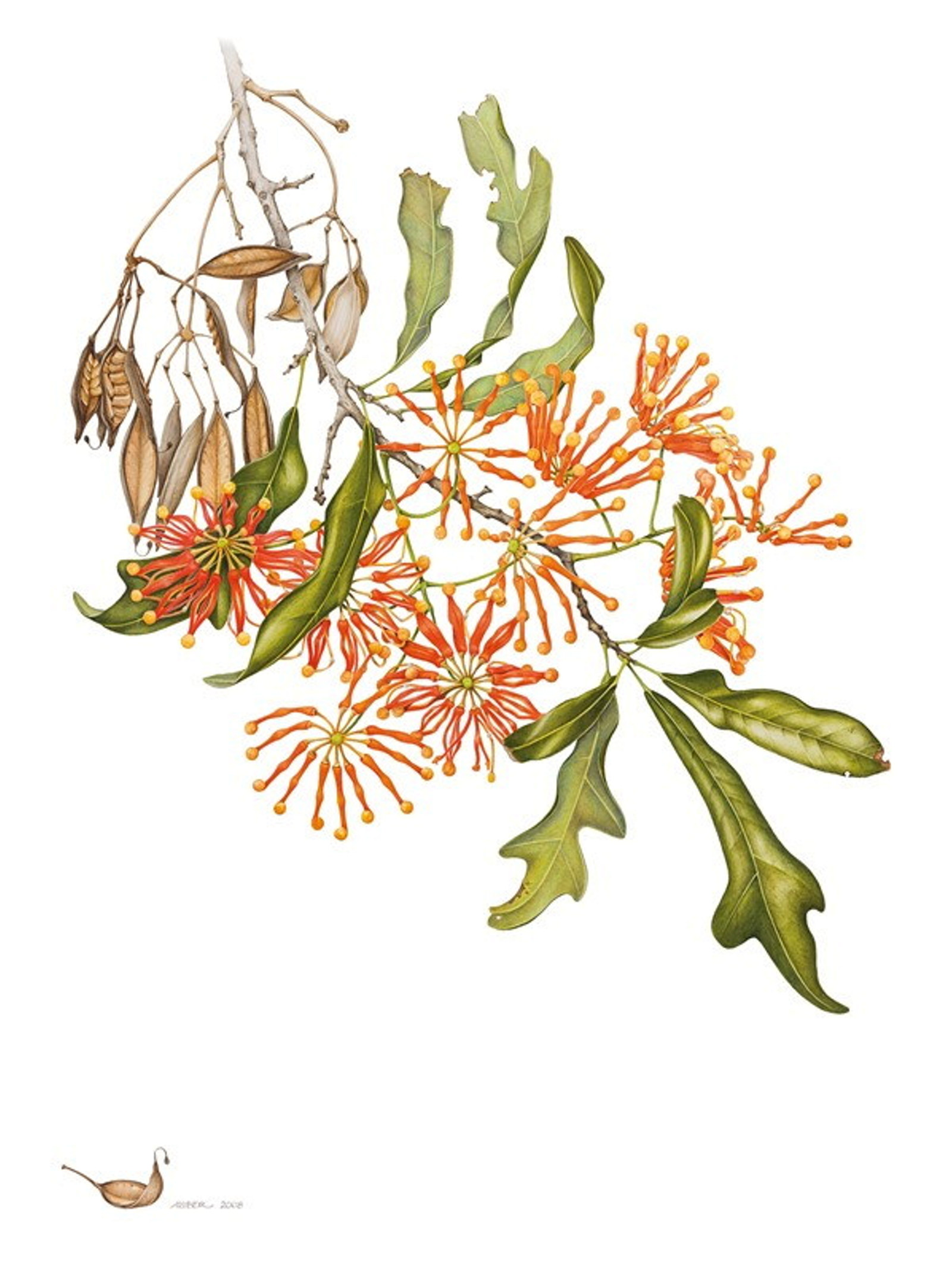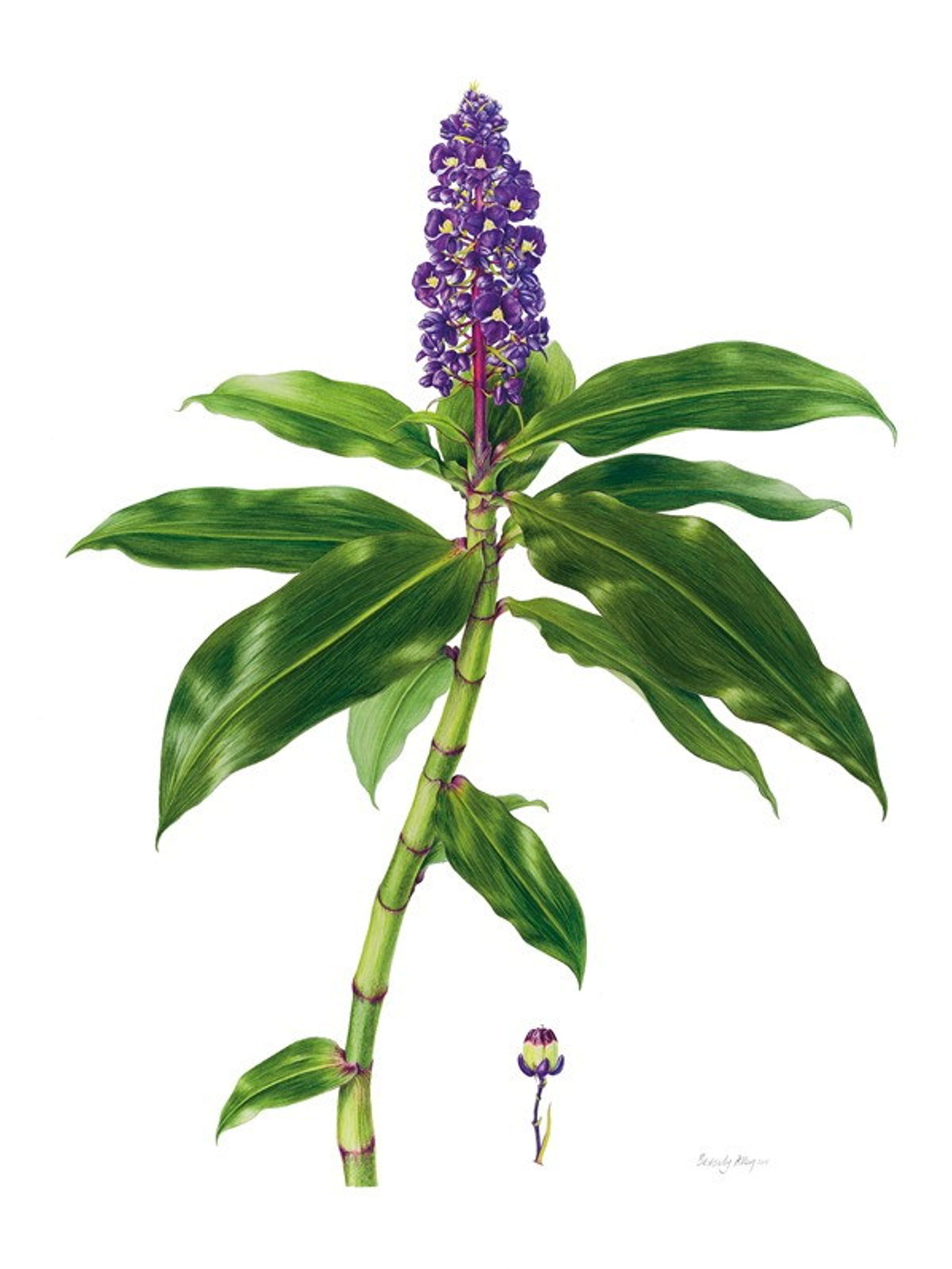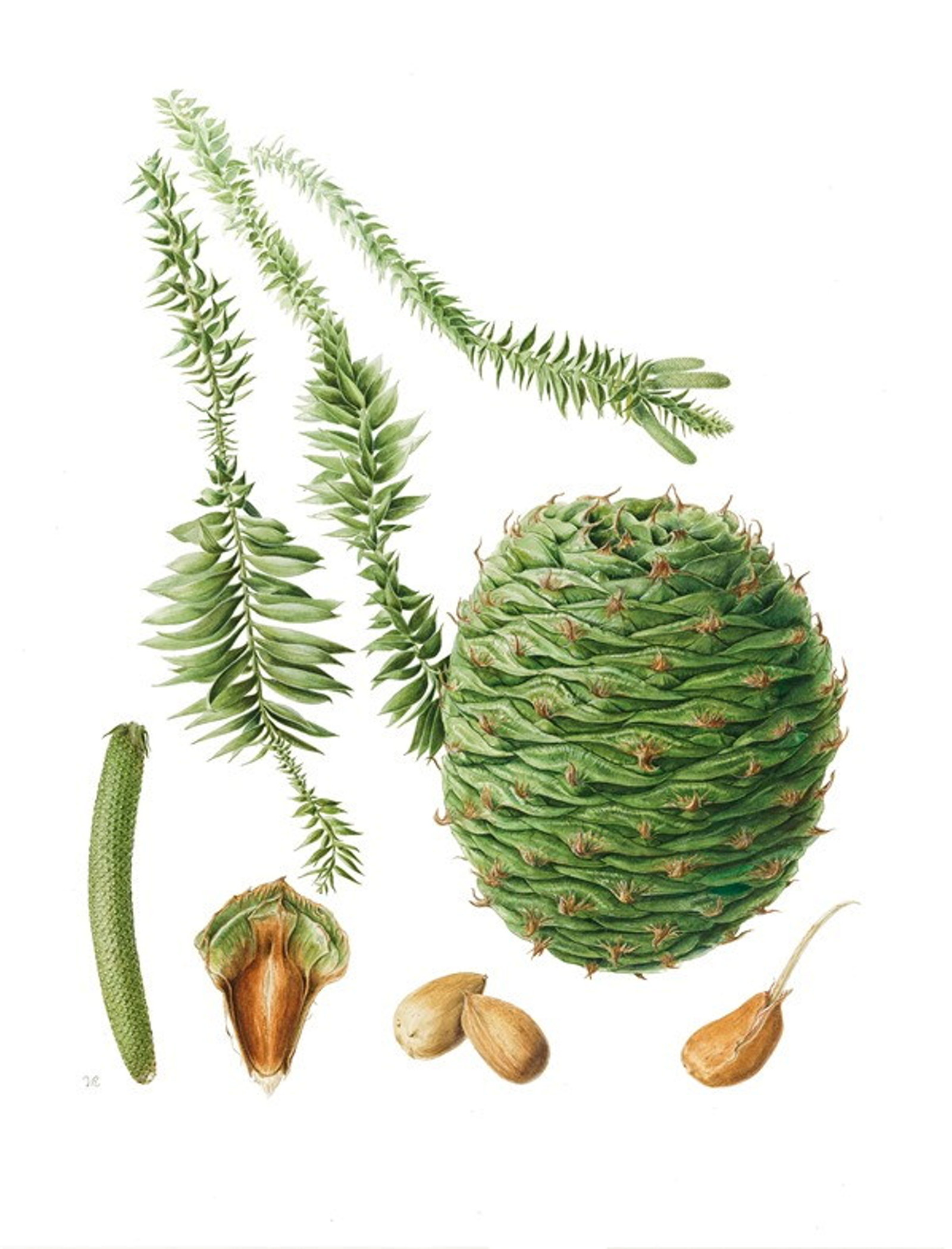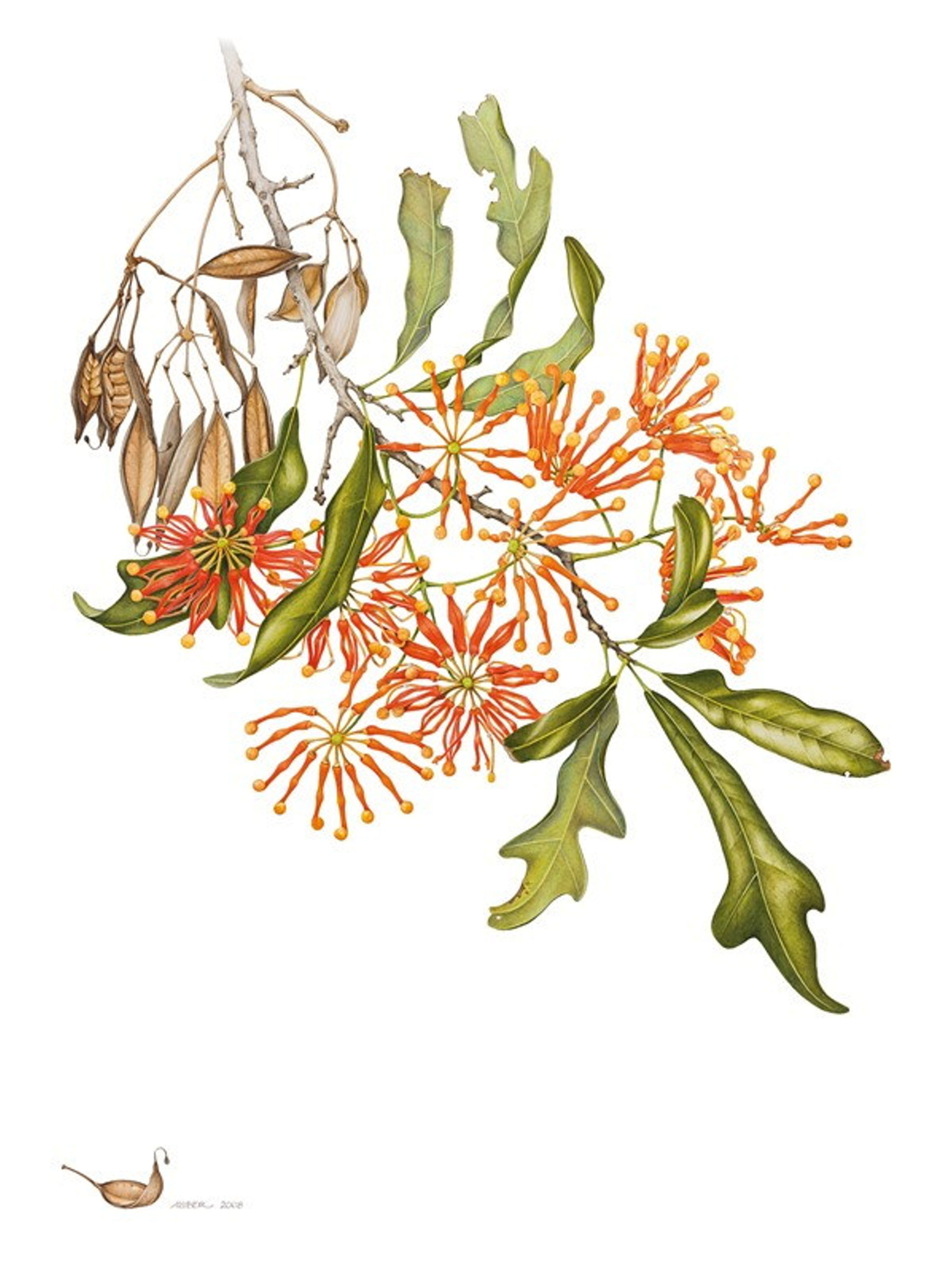Camellia japonica 'Cleopatra'
Camellia japonica ‘Cleopatra’
Camellia japonica 'Cleopatra'
Vaucluse House
The height of fashion
Vaucluse House has a significant collection of historic camellia cultivars, some of them dating back to the mid-1800s. Their origins can be traced to the great early Sydney nurseries, which both imported and bred camellias for sale: Michael Guilfoyle’s Exotic Nursery at Double Bay, Thomas Shepherd’s Darling Nursery (in today’s Darlington), and the nursery that William Macarthur established at the family estate, Camden Park, south-west of Sydney.
Camellias were extremely fashionable ornamental plantings in 19th-century Sydney, and were evidently a favourite of the Wentworth family: in 1873 William Charles was laid to rest in the family mausoleum with a wreath of white camellias. While ‘Cleopatra’ is not present at Vaucluse House today, another Macarthur-bred camellia variety, ‘Aspasia Macarthur’, is planted in the horseshoe-shaped bed that borders the fountain lawn – a typically gardenesque treatment of alternating pinks and creams.
Published on
Florilegium plants
Browse all
Florilegium plants
A gathering of flowers: the Florilegium collection
Finely detailed botanical artworks reveal the range of plants introduced to Sydney’s gardens over the past 200 years

Florilegium plants
Blue ginger
Blue ginger was one of many hundreds of exotic plants William Macarthur grew at the family estate at Camden Park, where he established a nursery

Florilegium plants
Bunya pine
Owners of large 19th-century estates often planted tall trees around the house or homestead so they could orient themselves from the surrounding area

Florilegium plants
Firewheel tree
A Queensland firewheel tree is one of the more prominent surviving elements of the garden Rose Seidler established around the modernist, Bauhaus-influenced house designed for her by her architect son, Harry, and completed in 1950